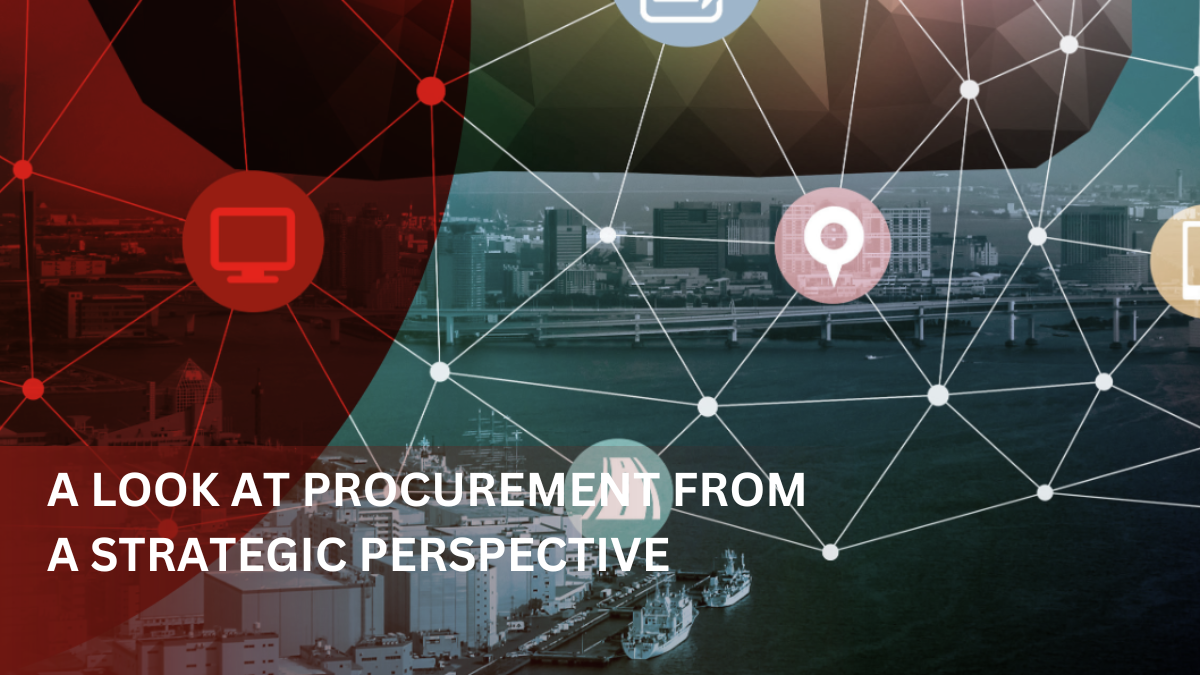The Evolution from Purchasing to Procurement
While challenges remain, in general the procurement process has become more aligned with most companies’ financial goals over the past several decades, accord-ing to experts.
“If you go back 20 or 30 years, the main purpose of procurement was to executetransactions with suppliers,” said Bob Derocher, Principal and Strategic Sourcing and Procurement Practice Leader, The Hackett Group. “Companies recognize that procurement is no longer limited to a back office function and that they will lose a competitive advantage if procurement is not making a strategic contribution.” The role of procurement has been modernized over the past several decades, con-curred Greg Roush, VP, Oracle E-Business Suite for CSS International, an Oracle partner and consultancy. “Procurement reaches across all departments, and has a role in enforcing policies that drive pricing and quality.”
One of the major advances has been better alignment between procurement’s goals and its stakeholders’
objectives. Alignment requires looking beyond cost savings to examine procurement’s role in more strategic goals and risk man-agement. According to the Aberdeen Group’s Supplier Management report, best-in-class companies are much more likely to have supplier- and risk-assessments performed ahead of the selec-tion process.
“[Procurement] is an increas-ingly structured process, and finance chiefs are looking at how to reduce risks in the procurement process, which was not something they necessarily focused on when it was viewed as primarily a purchasing arm of the organization,” said Derocher.
Resource Sponsored By

Please fill out the form to access the content

